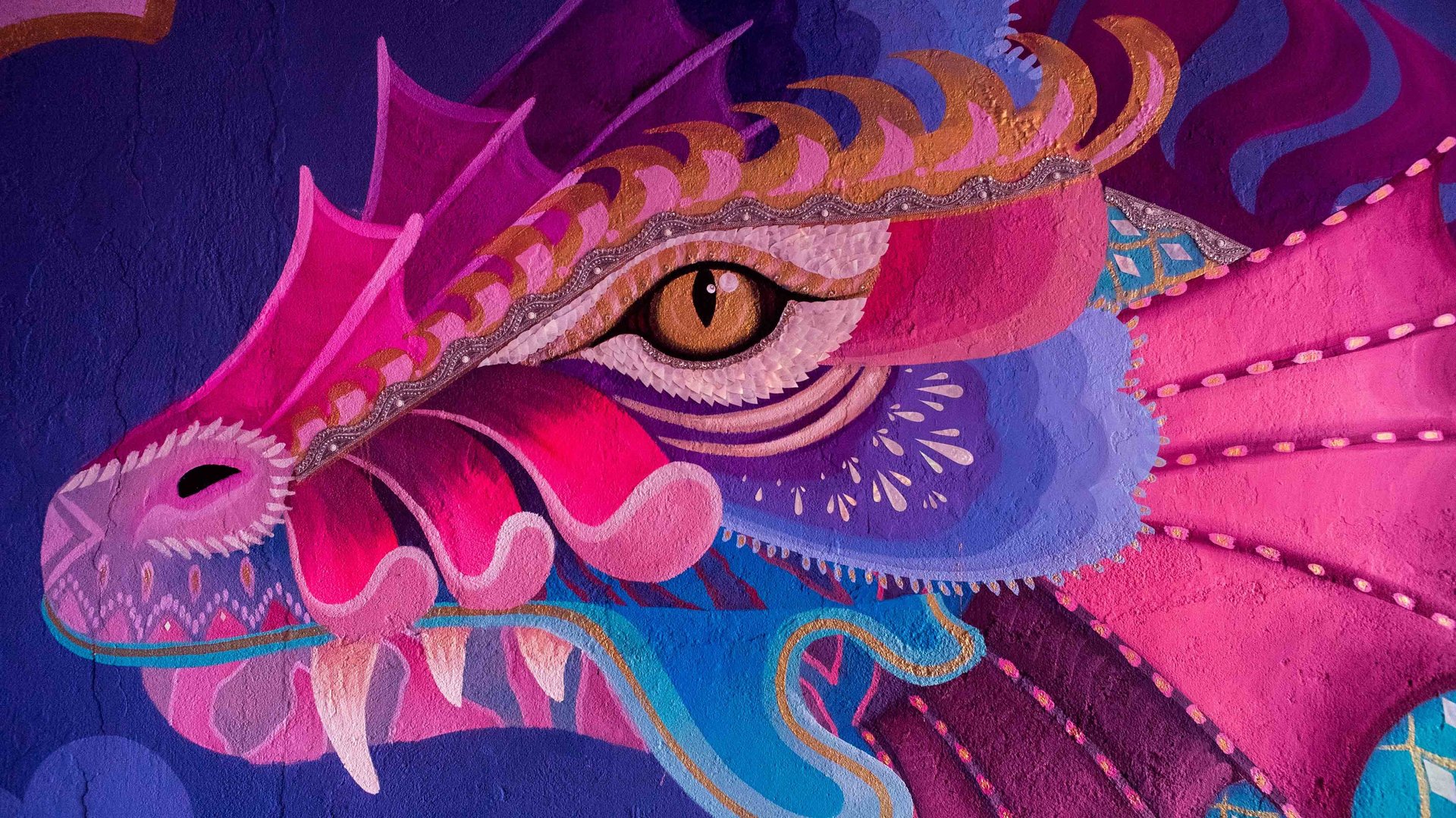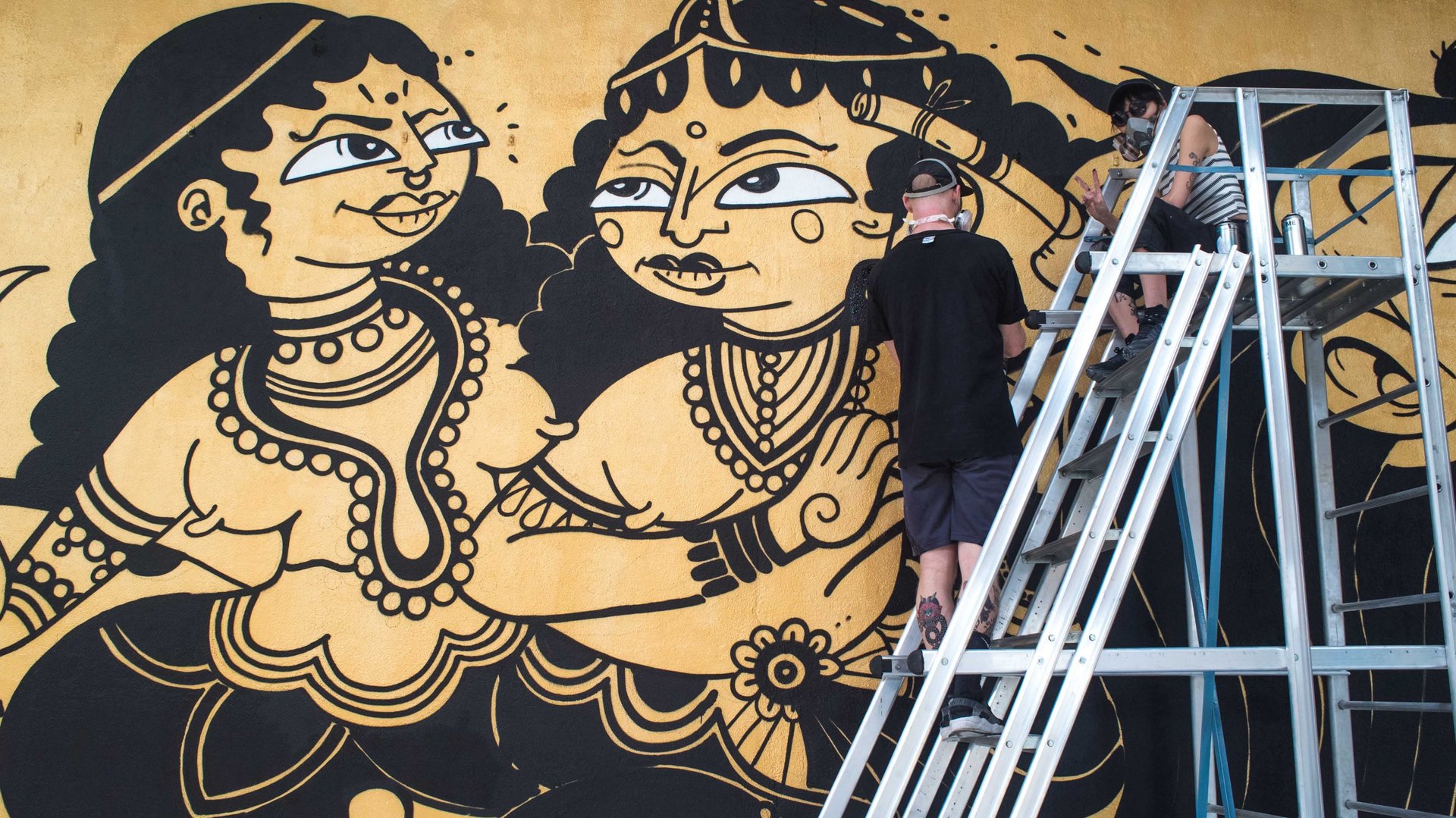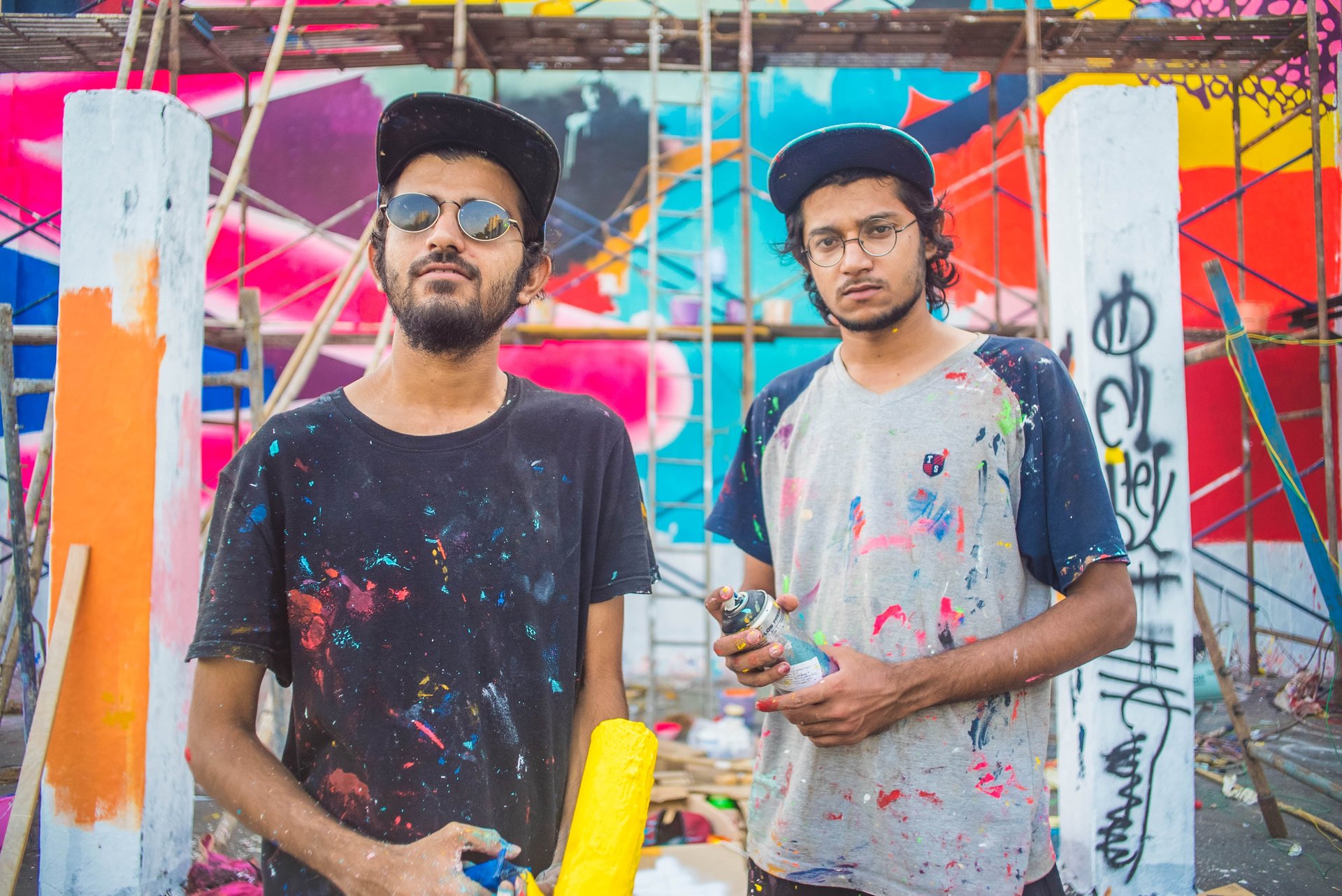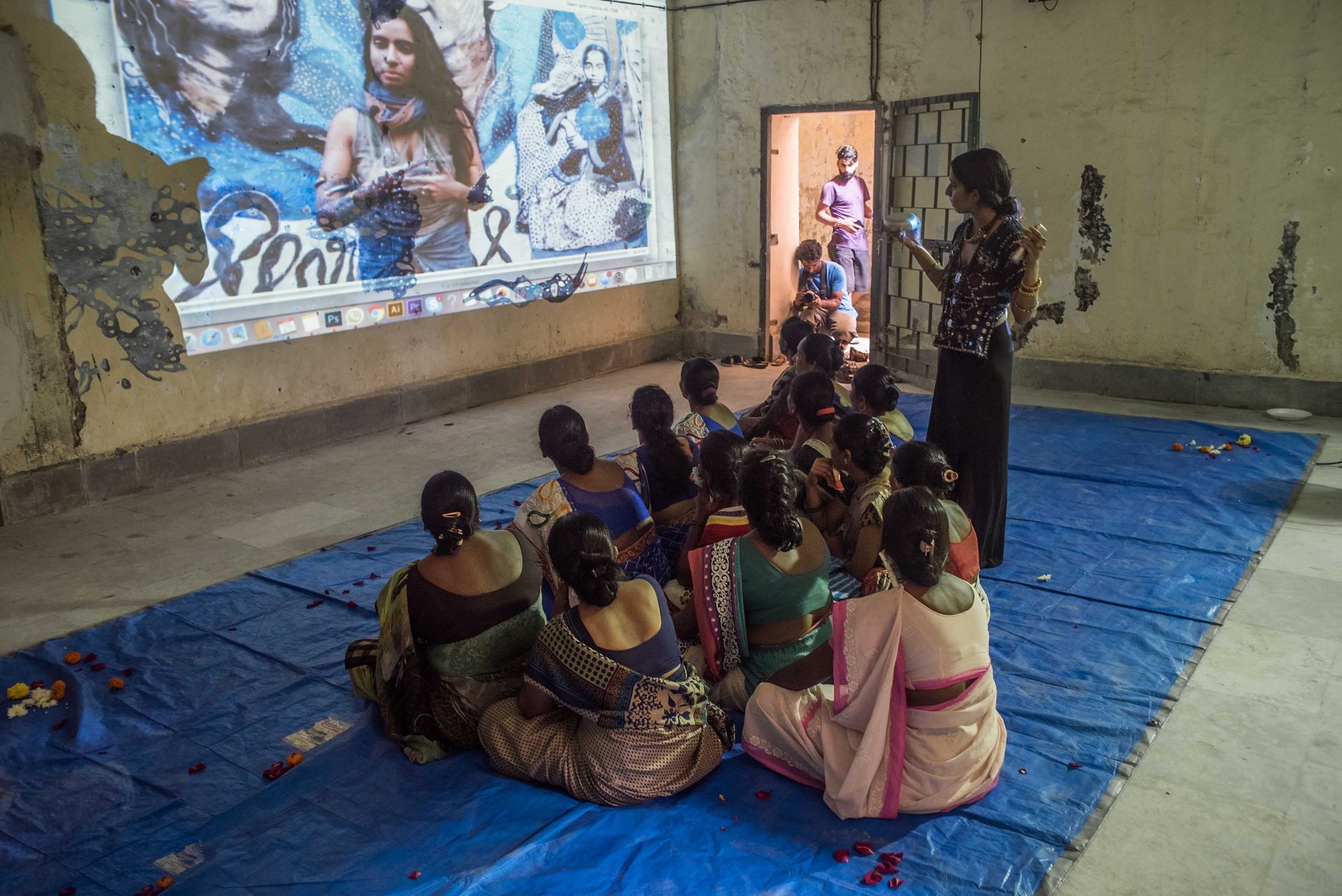One of Mumbai’s oldest fish markets is getting a funky street-art makeover
Whenever the public art collective St+art India completes a project, it’s not unusual for it to attract some confused reactions. Some passersby are delighted by the sight of street art and installations in an Indian city, but others don’t quite understand what it’s about.


Whenever the public art collective St+art India completes a project, it’s not unusual for it to attract some confused reactions. Some passersby are delighted by the sight of street art and installations in an Indian city, but others don’t quite understand what it’s about.
“Some people think that it’s advertising. They tell us, ‘You forgot to put the logo of the brand that you’re advertising,'” Akshat Nauriyal, content director of St+art, told Quartz. “…It’s almost as if everyone is so inured to advertising that they don’t even understand that there’s a possibility that somebody might be doing something just for the love of art.”
It’s this mindset that St+art has tried to challenge across India since its launch in 2014. Founded by a five-member team of artists, designers, photographers, and filmmakers, the group has so far held six urban art festivals in Delhi, Mumbai, Bengaluru, and Hyderabad. For each event, St+art has invited artists from India and abroad to bring some colour to local landmarks, and transform the way people view public spaces. In Delhi that once entailed painting a poem on the walls of Tihar Jail, while in Bengaluru the group stuck paper snails around the city to comment on its painfully slow-moving traffic. Since 2015, Asian Paints has been S+art’s primary supporter, but for each festival the group also ties up with local and foreign cultural institutions, embassies, and government bodies.
St+art’s latest project is in south Mumbai’s 142-year-old Sassoon Docks, the country’s first ever “wet dock,” which was built by the Jewish merchant Sir Albert Abdulla David Sassoon in 1875. The site is home to one of Mumbai’s oldest and liveliest fish markets, where some 20 tonnes of fresh seafood are hawked by feisty fishermen and women everyday.

It’s a vibrant and socially and culturally layered space, Nauriyal says. But for all its rich history, many Mumbaikars aren’t very familiar with it. “If you ask anyone about Sassoon Docks, some haven’t even heard about it, and if they have heard about it, very few have even been there,” he said.
So, over the next two months, St+art is organising installations, murals, screenings, talks, and tours to revive interest in the area.
“For us, the idea of doing this project over there is to reintroduce the people of Bombay (Mumbai) to this forgotten space in their own city, because I think places like (the) Sassoon (Docks) need to be explored a lot more,” Nauriyal said. He noted that it’s equally important to do so without disrupting the micro-economy of the space.
And while getting permission for such ambitious projects is a challenge in every Indian city, where layers of bureaucracy make even the most basic decisions a long-drawn-out process, he maintains that St+art has always been able to convince the authorities with its detailed plans, and proof of its previous work. The Mumbai Port Trust (MBPT), for instance, is one of the supporters of the Sassoon Docks Art Project.
“The port has been a standing testimony of Mumbai’s evolution and this initiative of wall painting and its exhibition is a step further in this direction,” Sanjay Bhatia, chairman of the MBPT, said in a statement.
Over the years, St+art’s large-scale art projects have done much to get locals talking about the public spaces they walk or drive by everyday. And that matters in a country like India. Because unlike the cities of the West, where generations of flâneurs have been able to linger on the streets, India’s frenetic metropolises don’t often provide an inviting space to stop and think.
“Everybody’s got a routine, everybody’s got stress in their lives, everybody’s going for their jobs; between all of that if you’re able to create that one moment of separation, even if it’s for a second…then we really have succeeded in what we’re trying to do,” Nauriyal said.




